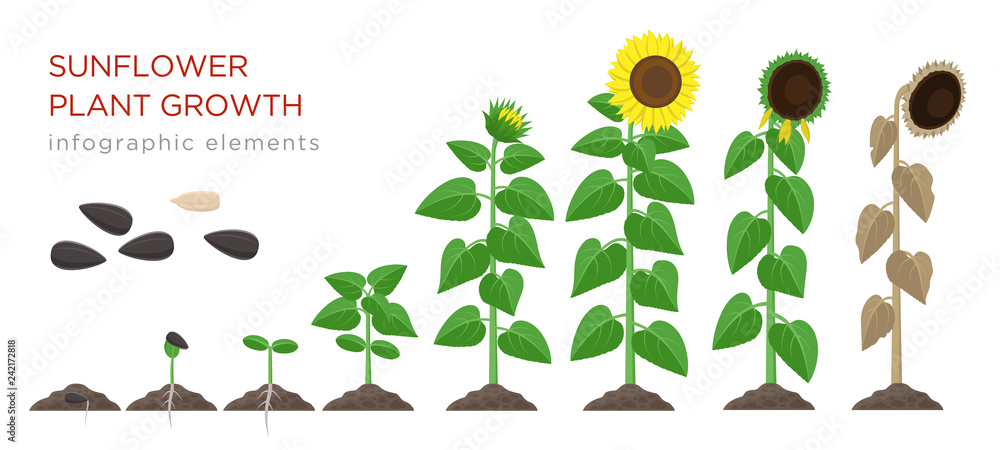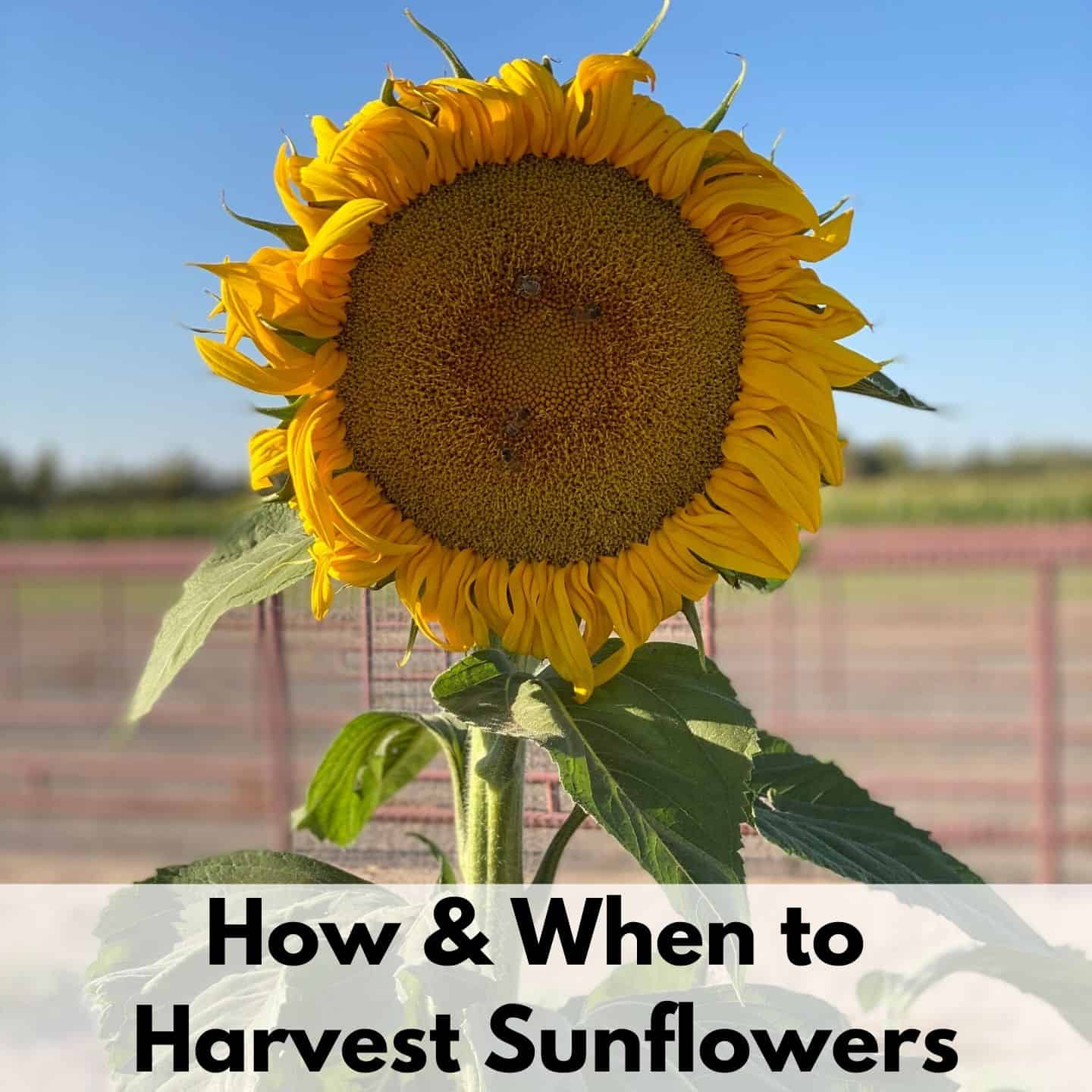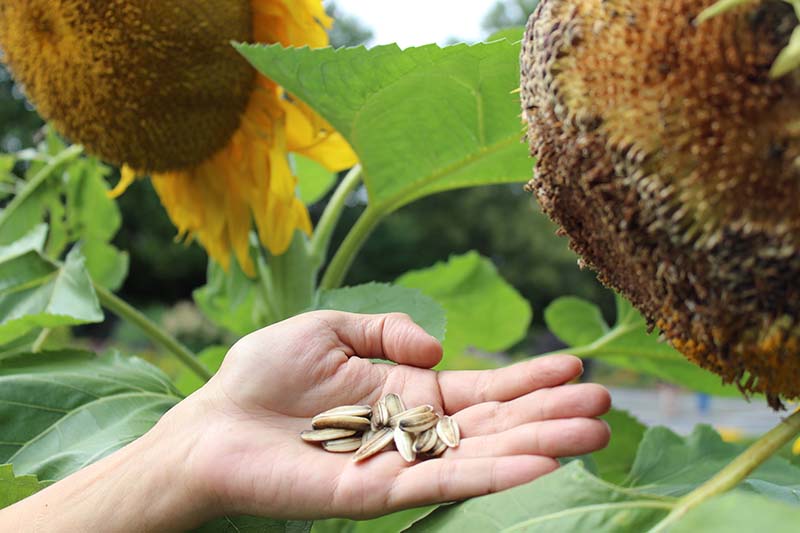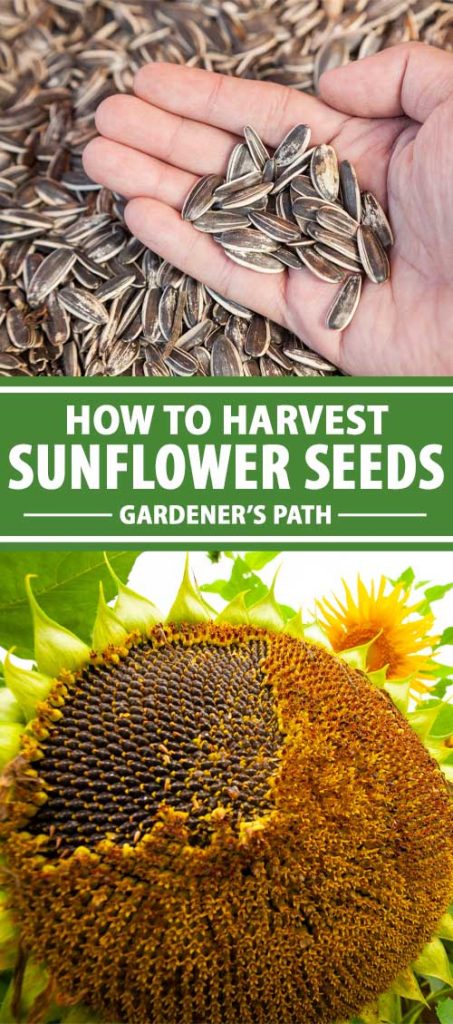Understanding the Sunflower Life Cycle
Sunflowers are one of the most recognizable and beloved flowers in the world, and their seeds are a popular snack and ingredient in many recipes. But have you ever wondered how to get sunflower seeds from a flower? It all starts with understanding the sunflower life cycle. Sunflowers are annual plants, which means they complete their life cycle within a year. The process begins with germination, where the seed sprouts and grows into a seedling. As the seedling grows, it develops its root system and begins to produce leaves and stems.
As the plant matures, it begins to produce buds, which eventually bloom into beautiful sunflowers. The blooming process typically occurs in mid to late summer, and it’s during this time that the seeds begin to develop. The seeds are contained within the sunflower head, which is actually composed of hundreds of tiny flowers. As the seeds mature, the sunflower head begins to dry and turn brown, signaling that the seeds are ready to be harvested.
Understanding the sunflower life cycle is crucial for successful seed harvesting. By knowing when to expect the seeds to mature, you can plan your harvest accordingly
Identifying the Right Time for Seed Harvesting
Timing is everything when it comes to harvesting sunflower seeds. If you harvest too early, the seeds may not be fully mature, and if you harvest too late, the seeds may be damaged or lost. So, how do you know when the right time is? One way to check for seed maturity is to look for the following signs: the petals have dropped off, the back of the flower head has turned a light brown color, and the seeds are loose and easy to remove.
Another way to check for seed maturity is to cut off a small section of the flower head and inspect the seeds. If the seeds are fully mature, they should be plump and firm to the touch. If they are still soft or moist, they may not be ready for harvest yet. It’s also important to note that sunflower seeds typically mature in the late summer or early fall, about 60 to 90 days after planting.
When it comes to harvesting sunflower seeds, it’s essential to get the timing right. By checking for seed maturity and waiting for the optimal time, you can ensure that you get the best possible yield and quality of seeds. Whether you’re growing sunflowers for their seeds or simply for their beauty, understanding the importance of timing is crucial for successful seed harvesting.
In order to get sunflower seeds from a flower, you need to wait until the seeds are fully mature. By following these tips and checking for seed maturity, you can determine the best time to harvest your sunflower seeds and enjoy them as a healthy snack or use them in your favorite recipes.
How to Dry Sunflower Heads for Seed Extraction
Drying sunflower heads is an essential step in the seed harvesting process. Proper drying helps to preserve the seeds and prevent mold or bacterial growth. There are several methods to dry sunflower heads, including air-drying, oven-drying, and using a food dehydrator.
Air-drying is a simple and cost-effective method. To air-dry sunflower heads, tie them in small bunches and hang them upside down in a warm, dry, dark place with good air circulation. This method can take several weeks to complete, depending on the humidity and temperature.
Oven-drying is a faster method, but it requires more attention. Preheat the oven to its lowest temperature setting (usually around 150°F). Place the sunflower heads on a baking sheet lined with parchment paper and dry for 1-2 hours. Check the seeds regularly to ensure they don’t overdry.
Using a food dehydrator is another option. Set the dehydrator to its lowest temperature setting (usually around 135°F) and dry the sunflower heads for 6-8 hours. This method is ideal for large quantities of sunflower heads.
Regardless of the drying method, it’s essential to monitor the seeds’ moisture content. Seeds are ready for storage when they are dry and brittle. If the seeds are still moist, they may not store well and can be prone to mold or bacterial growth.
Once the sunflower heads are dry, you can remove the seeds and store them in a cool, dry place. Proper drying and storage are crucial steps in how to get sunflower seeds from a flower. By following these steps, you can enjoy your homegrown sunflower seeds for months to come.
Removing Seeds from the Sunflower Head
Once the sunflower heads are dry, it’s time to remove the seeds. This process can be a bit tedious, but with the right tools and techniques, it can be done efficiently. One way to remove seeds from the sunflower head is to use a fork. Simply insert the fork into the sunflower head and gently pry out the seeds. This method works best for smaller sunflower heads.
For larger sunflower heads, a comb or a specialized seed removal tool may be necessary. A comb can be used to gently tease out the seeds from the sunflower head, while a seed removal tool can be used to remove the seeds more quickly and efficiently. These tools can be found at most gardening stores or online.
Another method for removing seeds from the sunflower head is to use a rubbing action. Hold the sunflower head over a container or tray and rub the seeds loose with your hands or a soft-bristled brush. This method works best for sunflower heads that are fully dry and brittle.
Regardless of the method used, it’s essential to remove the seeds carefully to avoid damaging them. Damaged seeds can be prone to mold or bacterial growth, which can affect their quality and viability. By removing the seeds carefully and storing them properly, you can enjoy your homegrown sunflower seeds for months to come.
Removing seeds from the sunflower head is a crucial step in how to get sunflower seeds from a flower. By following these tips and techniques, you can efficiently and effectively remove the seeds and enjoy the fruits of your labor.
Cleaning and Processing Sunflower Seeds
Cleaning and processing sunflower seeds is an essential step in preparing them for storage and use. After removing the seeds from the sunflower head, it’s necessary to clean them to remove any debris, dirt, or chaff. This can be done by spreading the seeds out in a single layer on a tray or sheet pan and gently blowing away any debris.
Next, the seeds should be dried to a moisture level of around 10% to prevent mold or bacterial growth. This can be done by spreading the seeds out in a single layer on a tray or sheet pan and placing them in a warm, dry location. Alternatively, a food dehydrator can be used to dry the seeds more quickly and efficiently.
Once the seeds are dry, they can be stored in a cool, dry place. It’s essential to store the seeds in a container that is airtight and moisture-proof to maintain their quality and viability. Glass jars or plastic containers with tight-fitting lids are good options.
Before storing the seeds, it’s also a good idea to inspect them for any signs of damage or poor quality. Remove any seeds that are damaged, discolored, or have visible signs of mold or bacterial growth. This will help to ensure that the seeds remain healthy and viable for future use.
Cleaning and processing sunflower seeds is a crucial step in how to get sunflower seeds from a flower. By following these steps, you can ensure that your sunflower seeds are of high quality and remain viable for future use.
Tips for Maximizing Sunflower Seed Yield
Maximizing sunflower seed yield requires careful attention to several factors, including soil quality, watering, and pest management. One of the most important factors is soil quality. Sunflowers prefer well-draining, fertile soil with a pH between 6.0 and 7.0. Adding organic matter such as compost or manure can help improve soil fertility and structure.
Watering is also crucial for sunflower seed production. Sunflowers need consistent moisture, especially during the germination and seedling stages. However, overwatering can lead to root rot and other problems. Aim to provide about 1 inch of water per week, either through rainfall or irrigation.
Pest management is another important factor in maximizing sunflower seed yield. Common pests that can affect sunflowers include aphids, whiteflies, and spider mites. Use organic or integrated pest management methods to control these pests, such as introducing beneficial insects or using neem oil.
In addition to these factors, there are several other tips that can help maximize sunflower seed yield. Planting sunflowers in a location with full sun and good air circulation can help promote healthy growth and seed production. Using a trellis or stake to support the plants can also help improve seed yield by keeping the plants upright and promoting better seed formation.
Finally, consider using a variety of sunflower that is specifically bred for high seed yield. These varieties are often referred to as “oilseed” or “confectionery” sunflowers, and they are designed to produce large quantities of high-quality seeds.
By following these tips and paying attention to the factors that affect sunflower seed yield, you can maximize your harvest and enjoy a bountiful crop of delicious and nutritious sunflower seeds. Whether you’re growing sunflowers for their seeds or simply for their beauty, understanding how to get sunflower seeds from a flower is an essential part of the process.
Common Challenges and Solutions in Sunflower Seed Harvesting
Despite the many benefits of sunflower seed harvesting, there are several common challenges that can arise during the process. One of the most common issues is mold, which can develop on the seeds if they are not properly dried or stored. To prevent mold, it’s essential to dry the seeds thoroughly and store them in a cool, dry place.
Another common challenge is pests, such as birds, squirrels, or insects, which can damage the seeds or eat them before they can be harvested. To prevent pest damage, consider using bird-repellent balloons or other deterrents, or covering the plants with row covers.
Poor seed quality is another common issue that can arise during sunflower seed harvesting. This can be caused by a variety of factors, including inadequate drying, improper storage, or poor soil quality. To ensure high-quality seeds, it’s essential to follow proper drying and storage procedures, and to plant sunflowers in well-draining, fertile soil.
Finally, sunflower seed harvesting can be a time-consuming and labor-intensive process, especially for large quantities of seeds. To make the process more efficient, consider using specialized equipment, such as a seed extractor or a threshing machine.
By understanding the common challenges that can arise during sunflower seed harvesting, you can take steps to prevent them and ensure a successful harvest. Whether you’re growing sunflowers for their seeds or simply for their beauty, knowing how to get sunflower seeds from a flower is an essential part of the process.
Some other solutions to common challenges in sunflower seed harvesting include using a desiccant to dry the seeds, storing the seeds in airtight containers, and using a seed cleaning machine to remove debris and impurities.
Storing and Preserving Sunflower Seeds for Future Use
Once you have harvested and processed your sunflower seeds, it’s essential to store them properly to maintain their quality and viability. The key to storing sunflower seeds is to keep them cool, dry, and away from light. Airtight containers, such as glass jars or plastic containers, are ideal for storing sunflower seeds.
When selecting a container, make sure it is clean and dry before adding the seeds. You can also add a desiccant packet or a small bag of silica gel to absorb any moisture and help maintain a dry environment.
Store the containers in a cool, dark place, such as a pantry or cupboard. The ideal storage temperature is between 40°F and 50°F (4°C and 10°C). Avoid storing sunflower seeds in direct sunlight or near a heat source, as this can cause the seeds to degrade.
It’s also essential to check on the seeds regularly to ensure they are not developing any mold or moisture. If you notice any signs of mold or moisture, remove the affected seeds and dry the remaining seeds further.
By following these tips, you can store and preserve your sunflower seeds for future use. Whether you’re saving them for next year’s crop or using them for cooking or bird feed, proper storage is crucial for maintaining their quality and viability.
Learning how to get sunflower seeds from a flower is just the first step in enjoying these nutritious and delicious seeds. By following the tips outlined in this article, you can ensure a successful harvest and enjoy your sunflower seeds for years to come.






:strip_icc()/BHG-When-and-How-to-Harvest-Sunflower-Seeds-for-Eating-1uNCiGMy4NvAJXZDXOOpPI-98705872dd19435c9170296d6e2889cd.jpg)

